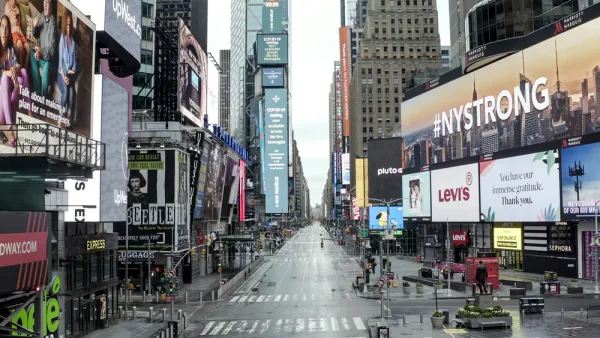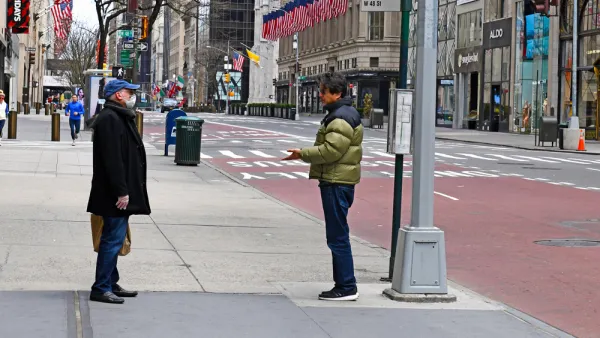As the infection rate at jails in places like New York began to climb, officials started looking for criteria to use in determining which inmates could be released. Then they ran into a familiar but now heightened dilemma.

In March, as the reality of just how deadly and widespread the novel coronavirus would be began to sink in, advocates and service providers who work with prison and jail inmates began sounding alarm bells across the country: prisons were sure to become death pits. Eight of the 10 infection hot spots nationally are jails and prisons, according to The New York Times.
The infection rate in New York City’s Rikers Island jail is 8.14 percent compared to 1.31 percent in the city as a whole, according to The Legal Aid Society, a nonprofit that provides legal assistance to vulnerable and underserved populations. On May 6, the state’s Department of Corrections and Community Supervision reported a total of 1,143 staff infected statewide, plus 415 prisoners and 53 parolees. Four staff members have died due to the infection, as well as 15 inmates and four parolees. As testing of the inmate population appears to be drastically lacking and many people with the infection can be asymptomatic, advocates expect that the numbers are actually much higher.
Inmates in prisons and jails across New York describe squalid conditions where they are still forced to interact with fellow inmates, must wrap their faces with scarves or fabric scraps, and are told to clean their own rooms but are given no cleaning supplies. Visits from family members and lawyers to these facilities are banned. Guards, too, complain they have not been given personal protective gear, or have been told they are not allowed to wear it, yet are still required to perform highly invasive contraband checks.
As the infection rate at jails in states like California and New York, where the virus first took hold, began to climb and inmates got word out to the public about the conditions they are living in, officials began, grudgingly, looking for criteria to use in determining which categories of inmates to release. And then they ran into a familiar but now heightened dilemma—finding housing for the formerly incarcerated is never easy.
Inmates who are being paroled or released early must have a housing plan arranged before they can walk out of prison. Typically, this is done via family, lawyers, or nonprofit groups that arrange a living situation. “They don’t release someone to the street,” says Anthony Dixon, director of community engagement for the Manhattan-based Parole Preparation Project. “A parole officer has to go to [the place they intend to live] prior to release to check it out to make sure there are no drugs … that it will be a place that won’t present problems.”
Finding this type of housing can be a challenge during normal times, but Dixon says with the system now handling those who were already scheduled to be paroled, as well as those released due to COVID-19, there is an overflow.
....
FULL STORY: Pandemic Leads to Early Prisoner Release; Finding Housing Remains Difficult

Analysis: Cybertruck Fatality Rate Far Exceeds That of Ford Pinto
The Tesla Cybertruck was recalled seven times last year.

National Parks Layoffs Will Cause Communities to Lose Billions
Thousands of essential park workers were laid off this week, just before the busy spring break season.

Retro-silient?: America’s First “Eco-burb,” The Woodlands Turns 50
A master-planned community north of Houston offers lessons on green infrastructure and resilient design, but falls short of its founder’s lofty affordability and walkability goals.

Test News Post 1
This is a summary

Analysis: Cybertruck Fatality Rate Far Exceeds That of Ford Pinto
The Tesla Cybertruck was recalled seven times last year.

Test News Headline 46
Test for the image on the front page.
Urban Design for Planners 1: Software Tools
This six-course series explores essential urban design concepts using open source software and equips planners with the tools they need to participate fully in the urban design process.
Planning for Universal Design
Learn the tools for implementing Universal Design in planning regulations.
EMC Planning Group, Inc.
Planetizen
Planetizen
Mpact (formerly Rail~Volution)
Great Falls Development Authority, Inc.
HUDs Office of Policy Development and Research
NYU Wagner Graduate School of Public Service




























